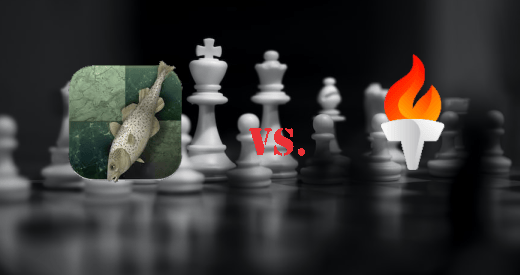
Stockfish Vs. Torch, Everything you need to know!
Stockfish and Torch are both chess engines, but they differ in their underlying technology and approach. Stockfish is a traditional chess engine that uses a combination of algorithms, heuristics, and brute-force search to evaluate chess positions and make decisions. It employs techniques such as alpha-beta pruning, transposition tables, and advanced evaluation functions to analyze the game tree and determine the best move. On the other hand, Torch is a newer chess engine that utilizes neural networks and machine learning techniques. It uses deep learning models, trained on large datasets of chess games, to evaluate positions and make decisions. Torch leverages the power of neural networks to learn patterns, evaluate positions, and predict moves based on the training data. Both engines have their strengths and weaknesses. Stockfish is known for its strong tactical play, deep calculations, and accurate evaluations. It has been a dominant force in computer chess for years and is widely used by professionals and enthusiasts alike. Torch, on the other hand, is relatively new and still evolving. It brings a fresh perspective to chess engines by incorporating machine learning techniques. It has shown promising results in terms of positional understanding and strategic play, thanks to its ability to learn from large databases of games. In conclusion, Stockfish is a traditional chess engine that uses algorithms and search techniques, while Torch is a newer chess engine that incorporates neural networks and machine learning. Both engines have their own advantages and are actively developed and used in the chess community.